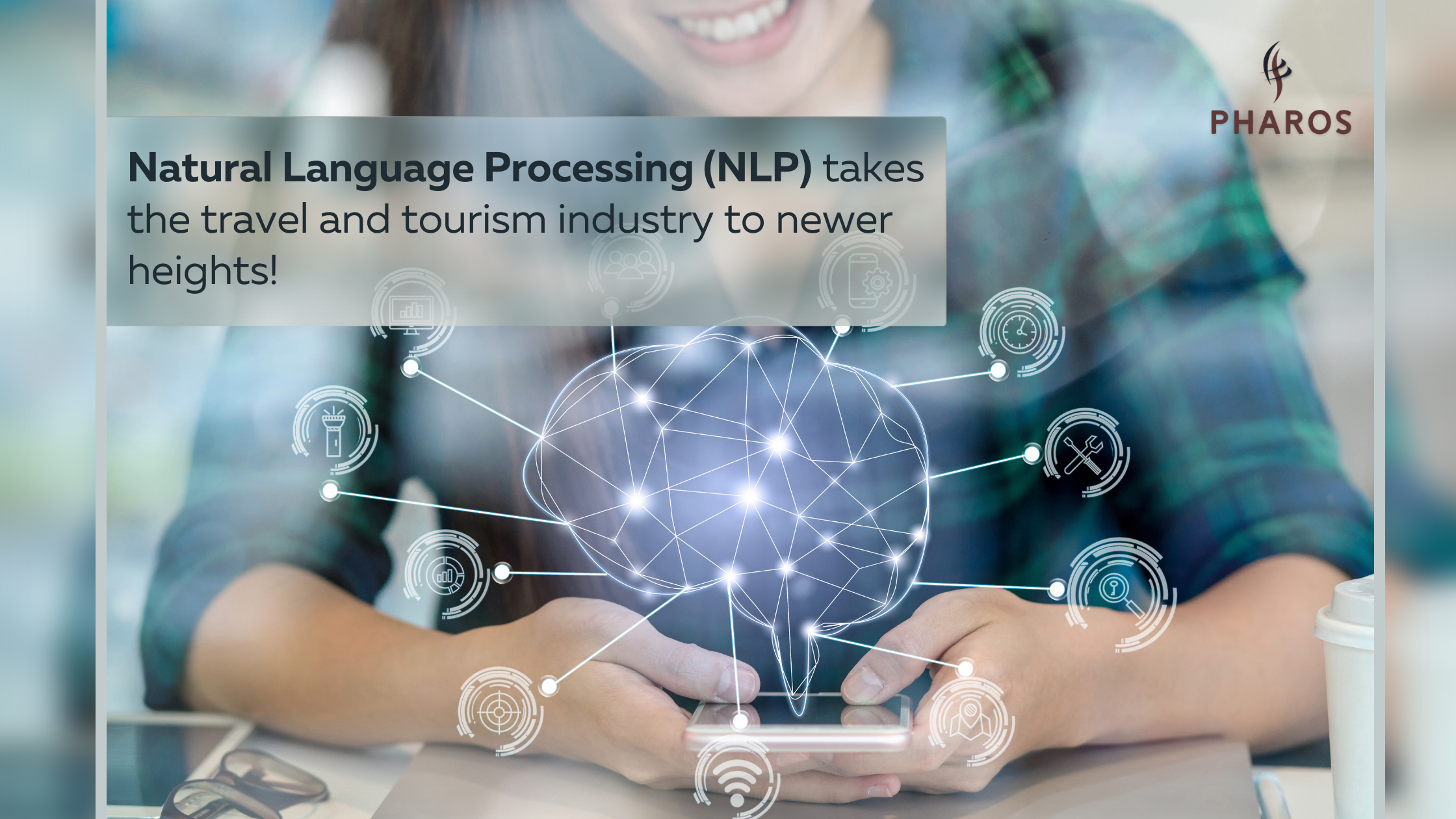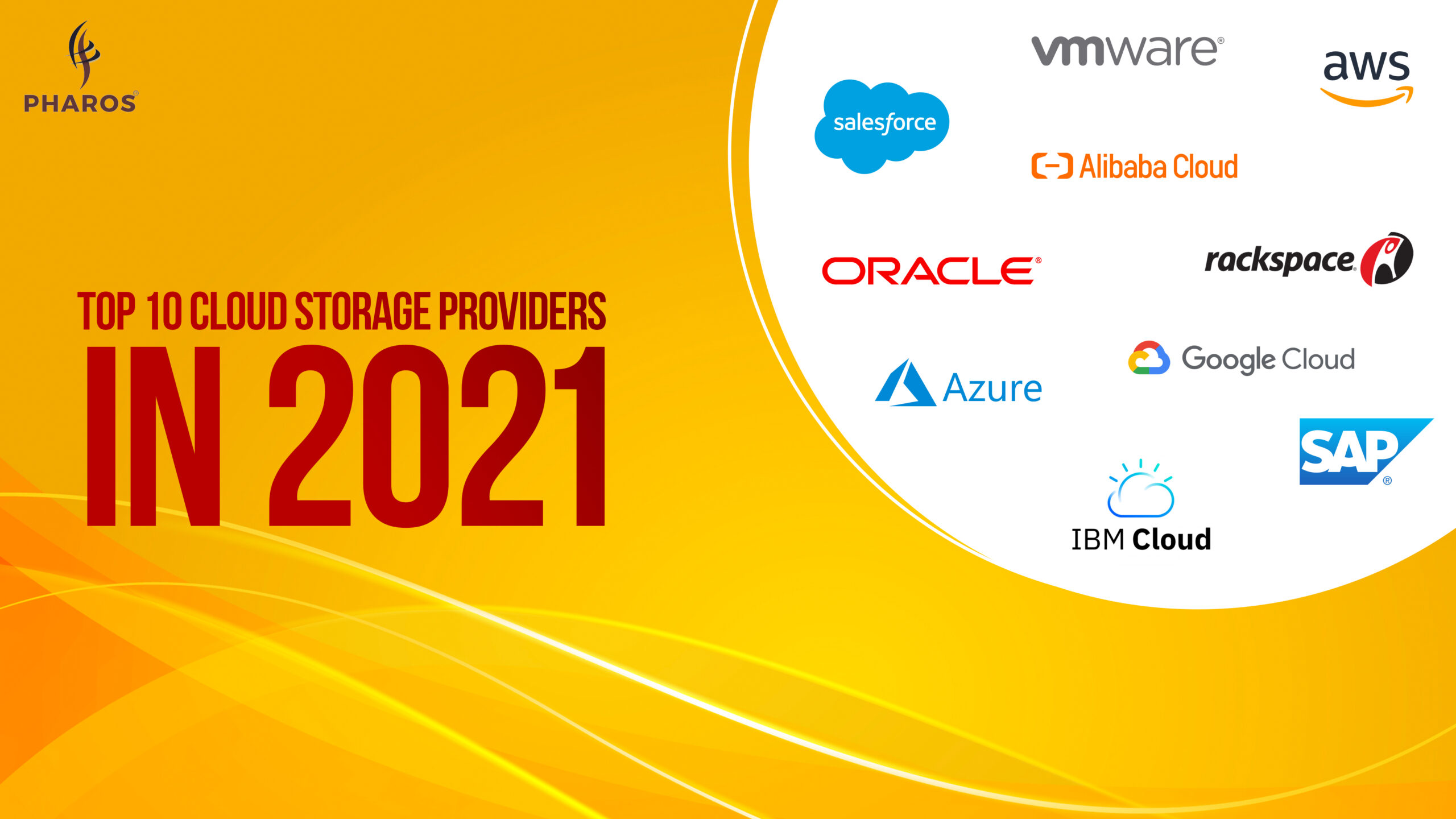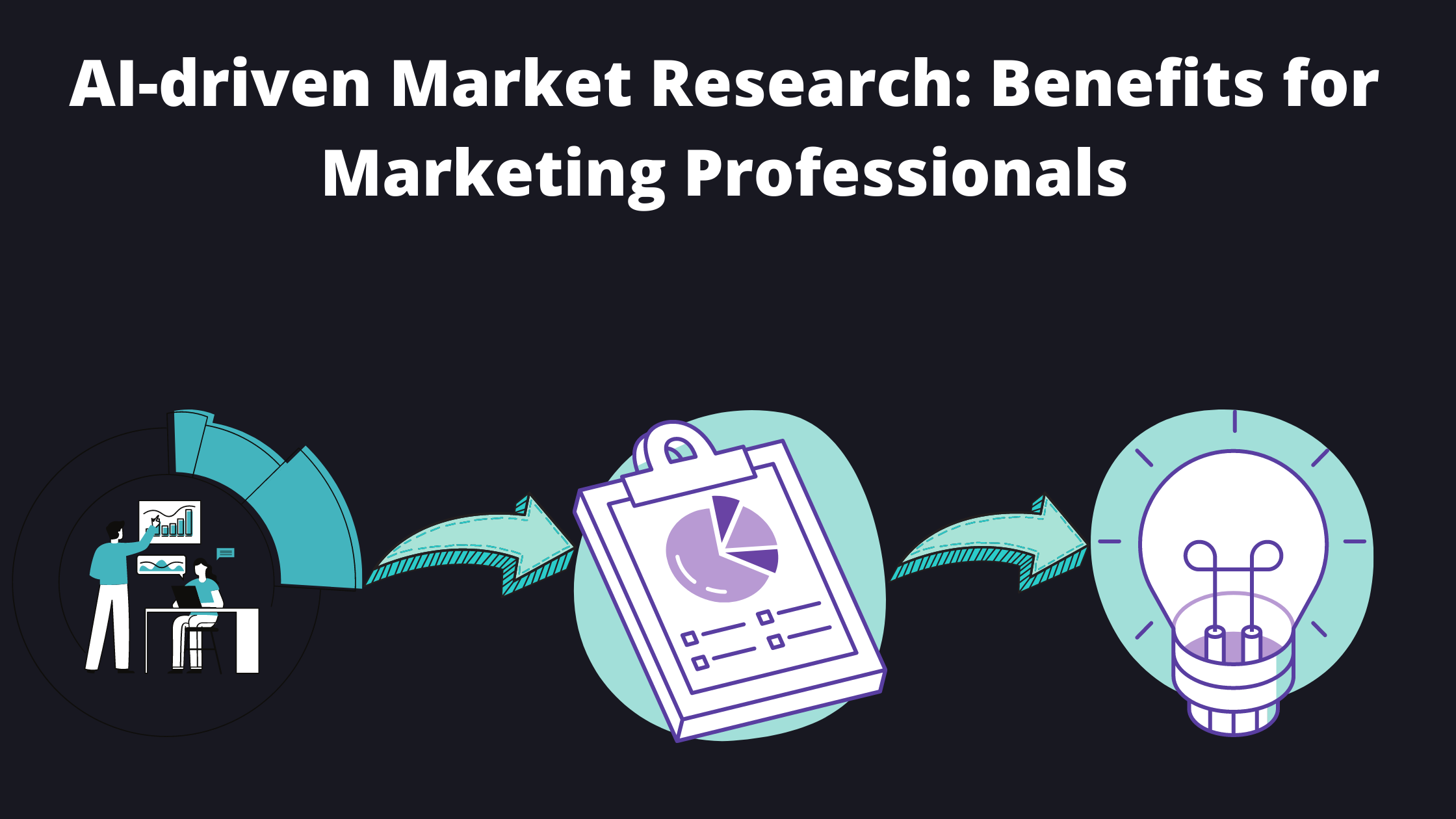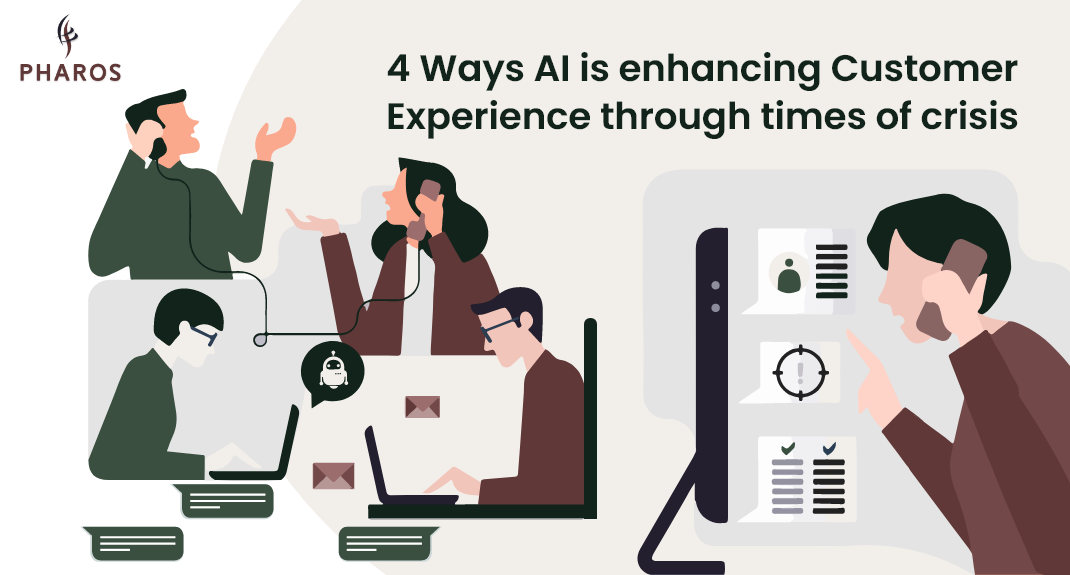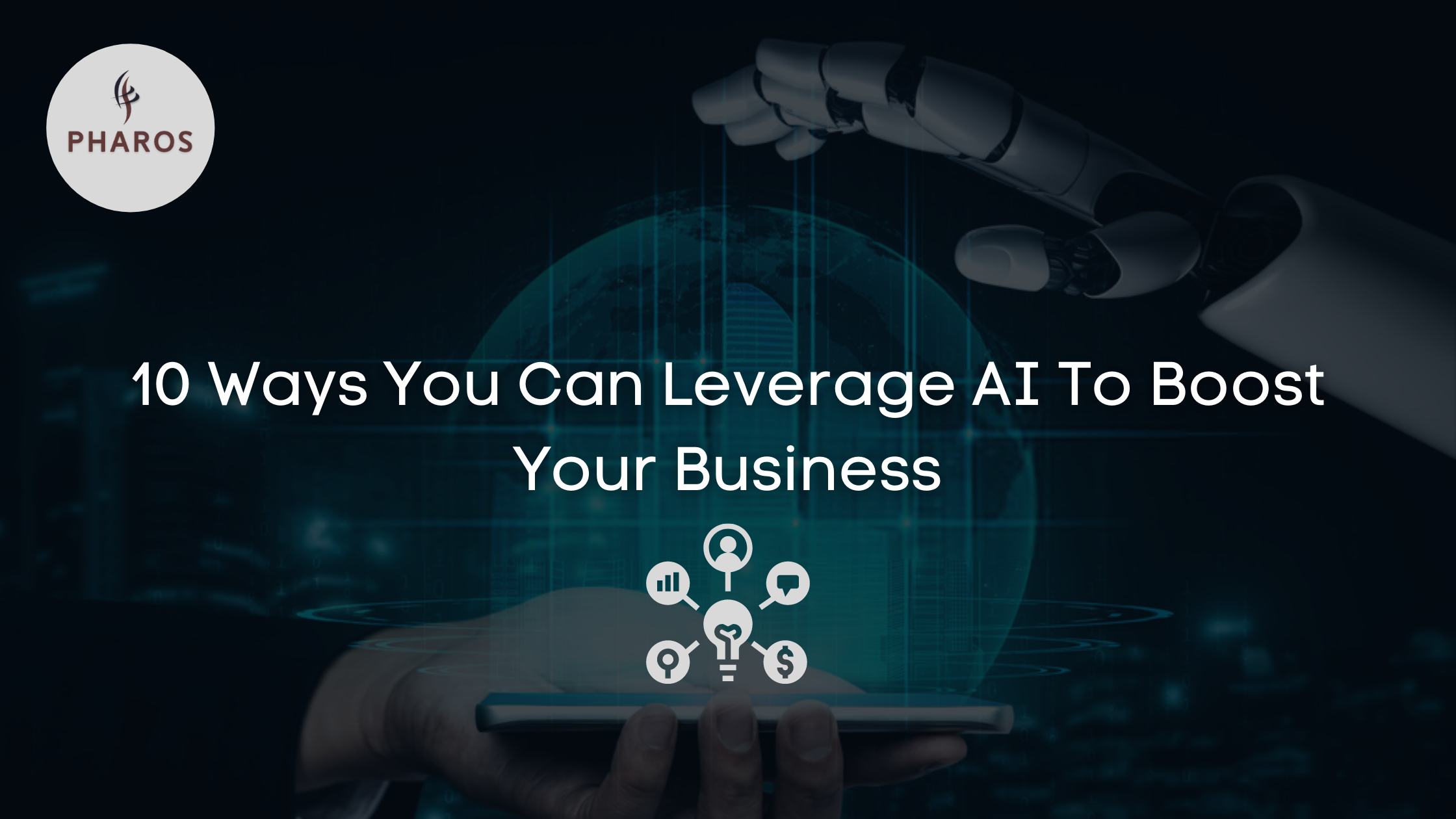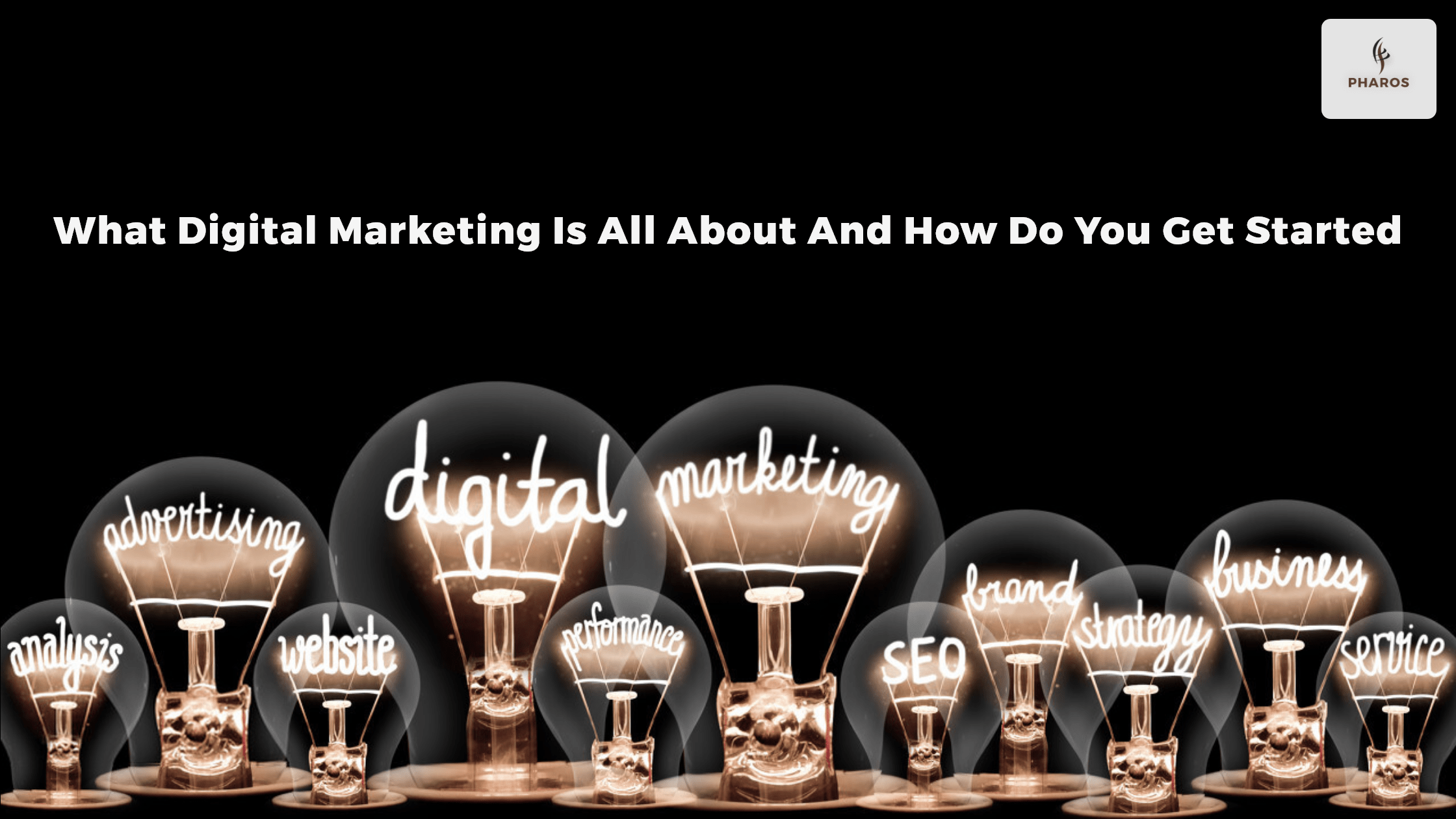
The world has changed. And, so has ‘marketing’ – in various forms.
People’s habits have changed, thanks to technology. Those preferred reading newspapers now skim through nuggets of world news on an app. All of this apparently due to a low attention span and less time to spend.
Yet, marketing still thrives.
People still love to buy products. Only the ‘mediums’ of marketing have changed. Though the traditional forms of marketing stay relevant, the agility of going digital has increased.
- Website
- Videos
- Written content
- Images
- Logos/icons
- Podcasts
The Internet world recognizes different faces of advertising over time, but here are some of the commonly used ones by brands and businesses.
1. Pay-per-Click (PPC) Advertising
It is a widely pursued model of advertising, where an advertiser pays a fee to the publisher each time the ad gets clicked. This is a kind of “buying visits” to the website. So, next time you click on any ‘Ads’ shown on the Google search results, remember that some advertiser is paying for that.
2. Paid Search Advertising
This form of advertising comes under PPC to attract potential customers. Google, Bing, Yahoo, and various search engines allow advertisers to run text ads on the Search Engine Results Pages or SERPs. Any search engine user searching for a product/service will find the relevant ads (featuring the same/similar products/services) from a brand on the SERPs.
3. Paid Social Media Advertising
Social media platforms like Facebook, Instagram, LinkedIn, Twitter, Pinterest, Snapchat, etc. allow advertisers to run ads on their respective websites. It helps in creating awareness about a brand/business or their product/service. This also proves beneficial for direct or indirect purchases of products and services.
4. Search Engine Optimization (SEO)
5. Social Media Marketing
Another way to reach the audience organically is that of social media. Here, brands or businesses need not spend money on ads, but focus on creativity while placing diligent efforts and time to attract potential consumers. Most modern marketers utilize their creative talents to entertain social media users on Facebook, Instagram, Twitter, LinkedIn, etc.
These platforms also have the Paid Advertising section for a business to create paid advertisements and attract consumers. We highlight some examples below.
6. Content Marketing
The fairly broad term of content marketing encompasses all types of digital content put into use for marketing purposes, which may include videos, images, eBooks, blog posts, infographics, GIFs, etc. to create brand awareness or drive clicks, leads, and sales. Most businesses find this an authentic way to connect their audiences.
7. YouTube Advertising
YouTube is the second-most populous search engine with over 2 billion users. The first one is Google. People can term YouTube advertising as one of the types of paid search advertising. YouTube presents an impeccable platform for marketing via influencers or Ad videos since YouTube videos collect billions of views every single day.
8. Email Marketing
Though sometimes roughly commented upon as an ‘archaic’ way of marketing, Emails have remained top-notch models of marketing. Whether to let a consumer know about a new product or sell an offer or inform about the latest topic or promote an event, Emails serve as the best marketing tools for a brand/business.
9. Affiliate Marketing
Is Digital Marketing Beneficial?Is Digital Marketing Beneficial?
Some people are skeptical about the method of digital marketing due to various reasons. Therefore, changing someone’s perception is beyond the scope of this write-up. However, we can inform and highlight the major benefits of using digital marketing assets.
The horizon of digital marketing isn’t restricted to a particular geography or demography. Any brand or business can reach the international audience via tapping these online marketing tools. However, some businesses stand to receive more profits from digital marketing and advertising.
Quick Overview of B2C and B2B Companies
B2C companies have low to moderate prices tagged for their products, which are quite easy to sell online. B2B companies cannot claim the same thing – “ever sold a million-priced helicopter online?”
Jokes apart, both B2B and B2C companies have a different share of objectives, niche market, and potential consumers. While a B2C company doesn’t require a heavily-equipped sales and marketing team, a B2B company needs a dedicated team of professionals for an involved, long-term marketing strategy.
B2C companies largely profit from higher-funnel marketing channels, such as paid search advertising and paid social media advertising. They do the needful of presenting the product in front of the audience so that they can choose to buy.
On the other hand, B2B companies have to wait a bit longer to sell their products that aren’t similar to daily purchases. B2B companies will have to work on a content marketing and email marketing strategy to close a deal.
Any industry or business should apply different digital marketing tactics to reach their audience. Of course, this follows a trial & error method, experimentation, and research to unravel what’s working or not. Therefore, both B2B and B2C companies should try different methods to find their most profitable strategy.
If you are starting with digital marketing, you should choose the right blend of tactics to make sure you hit the right areas of brand awareness.
How Do You Get Started?
You can start digital marketing in simple, easy steps. Popular advertising platforms like Google, Facebook, Instagram, etc. offer easy & quick sign-ups, where you can join and begin the marketing campaign for real.
In this summed up guide, you may wonder about the right combo for marketing, such as – Should I work on everything that exists online? What if I fail in each marketing model? So, let us tell you frankly that no such guide can work you up to do what’s suitable for your business.
You need to find the answers to these following pertinent questions.
1. What is your goal and what you want to achieve?
Is it the sales you just want or some leads? Should you try for leads or conversions? Can you make a budget-centric plan to achieve your goals? Deciding your goals helps you settle on a budget.
Tip #1 – Write down your goals first. Whatever the goal you have just note it down.
The ultimate goal of your or any business in the world is to drive profitable revenues home. If that is not your goal, then should you market online?
Remember that clicks and conversions just turn out to be vanity metrics if they don’t turn into sales. While running a business, you should know how to determine the return on investment (ROI).
For instance, you are spending $10 on an ad to sell a pack of T-shirts worth $500 with a profit margin of $100. If a buyer purchases, you will earn ($100 – $10 = $90 i.e. Profit – ad cost).
In another case, if you are spending $100 on ads to sell the same pack of T-shirts worth $500 and nobody orders that from you, the ROI turns out negative, given your spend on ads.
So, prepare a budget for your digital marketing needs with a keen eye on the realistic profits you want to make. You can reach the goal by using and applying this information.
Tip #2 – You can compare, but don’t go overboard with the budget by looking at rivals.
“Whom shall you market to?” – This one’s not so complicated yet critical for deciding your digital marketing strategy. For this, you will have to create a buyer persona. A buyer persona helps you define the type of audience you can market your product to.
For example, if you are selling baby essentials like diapers or bibs, you should target the group of new parents (No, don’t aspire to sell it to the babies. All they will do is remove their pacifier and give an adorable smile. Don’t try there! ) for creating awareness and sell those products.
Also, you can become their first preference of purchase by offering rewarding discounts on the next purchases or something like that. Technically, you can build this B2C relationship by providing reliable and value-based services.
Tip #3 – Know what your rivals are failing at and address the key pain points.
In another approach, you can rely on your sales team to give you a fair amount of information for creating a buyer persona. Just put your questions through to know more about the customers and how they attract and deal with them.
What’s better than calling the customers yourself? We know that some will term it a ‘hard’ thing to do, but it’s doable and you can learn a lot of things right from your existing customers. They may share how they came to know about your business, why they chose to buy from you, and what were the convincing factors that appealed to them.
Getting yourself involved in the sales and marketing process reveals plenty of insights to improve your advertising performance, marketing methods, and communication channels. This also gives you a solid idea of determining your budget.
Tip #4 – The sales team can give a first-hand account of what customers want. Talk to them.
We raised this issue because an amalgamation of buyer personas could cause trouble for you sometimes. You can create buyer personas to effectively sell your products or penetrate a message through the audience with a digital marketing plan, but you need a little bit more than that.
Tip #5 – Don’t just give an alternative to the customer. Give them their ultimate choice.
For example, imagine you are advertising for Software as a Service (SaaS) provider named Digixale with a pricing structure as follows:
(Image) Starter – $20, Professional – $80, Enterprise – $200
The pricing plans indicate 3 types of buyer personas:
- Individual/Small Business – Charlie
- Medium-sized Business – Ramsey
- Enterprise Business – Pete
An individual or small business “Charlie” has limited needs than “Ramsey” or “Pete,” so they will opt for the Starter package. Ramsey, as a medium-sized business, will prefer the Professional package and Pete will sign up for the Enterprise package.
Ideally, Charlie, Ramsey, and Pete will continue to consume the services for an average of 1 year, 5 years, and 10 years, respectively. If they buy licenses of 5, 20, and 100 respectively, their lifetime value ([licenses/mo] x [N of licenses] x [customer lifespan in months]) is:
- Charlie: $1800
- Ramsey: $96000
- Pete: $2400000
Though these are exciting numbers, they don’t mean ‘profits’ overall.
Typically, a SaaS provider pays 20% for fulfillment, 10% for sales, and 40% for overhead costs. This leaves 30% of the lifetime value (LTV) to manage with. This means, Digixale should spend less than 30% for customer acquisition.
Maximum Customer Acquisition Cost
- Charlie: $540
- Ramsey: $28800
- Pete: $720000
If Digixale can keep their budget below this cost, the profits will match the revenue goals. So, you will need the right mix of investing in digital advertising and marketing to hit the target.
Minimum Customer Acquisition Cost (MCAC)
Now, if Digixale can spend around $0.20 on marketing to collect $1.00 in LTV with a 10% total profit margin, the company can invest the following for each buyer persona:
- Charlie: $360
- Ramsey: $19200
- Pete: $480000
Considering the above figures as the threshold point, if you are unable to acquire customers within these limits, you probably shouldn’t invest in marketing to these buyer personas.
However, if your digital marketing efforts cost less than the MCAC to get primary customers, then you should recalculate the budget using the valuable information.
- How much should you spend?
Use the simple formula of using the MCAC, average purchase order value, and the average count of purchases to calculate the figures.
These are not perfect estimates, but you can view them as a reference to design your digital marketing investment plan. Instead of making any random spend on Ads or marketing, you should keep a close eye on these tiny plans to make profits.
How Mobile Devices Can Impact Digital Marketing?
Is There Any Affordable Way Of Digital Marketing?
Quite inappropriate it would be if we point out something as ‘affordable’ that isn’t for everyone. That being said, we know a bunch of activities that you can try inexpensively, especially if you already own a website.
- Learn the basics of SEO & apply for implementation
- Write meaningful, informative, and engaging content
Can you do it by yourself or you need to hire someone? Creating good content to let your customers know about your products or services will lead to impeccable results.
We understand that running a business and developing content for the website at the same time would be a juggling event, but you should try to do that at least once a week.
Writing descriptive content is the key to help a customer understand your product or service. Also, don’t forget to highlight the benefits of buying from you.
On the other hand, you can hire a pro writer to write blogs, articles, eBooks, whitepapers, etc for the business. The expenses of hiring a good writer won’t burn your pocket, but you should make sure they are excellent at it. You should check for:
- Work samples
- Industry experience
- Creative side
- Communication skills
- Knowledge about your industry
Again, your requirements may not limit the above characteristics, but these are critical to a writer’s profile.
- Participate in Q&A Websites
Curiosity is the key to produce solutions for consumers. The Q&A websites like Quora and Reddit present ample opportunities to talk, discuss, and answer about a plethora of topics.
Is there a raging trend? What are people talking about? Are industry-specific questions answered properly? Your active participation in these websites gets you up and close to the topics that matter concerning your business.
Browsing popular Q&A websites should get you started on the journey. After regular sign-up procedures, go straight to the search boxes to find the topics related to your business.
Social listening is essential for your business. Though not immediately, you will have a general idea to handle situations upfront with wise answers.
Also, try a calm approach to an aggressive questionnaire. Answering these questions politely and smartly will generate a good reputation among the audience. Try to help people out there instead of pitching sales points as some usual suspects do.
- Open accounts on Social Media platforms
Most people have at least one social media account on Facebook, Instagram, or Twitter. These social profiles help them interact with their friends, like-minded individuals, or communities.
Therefore, you should understand how brands work out their programs to cater to their particular audiences using these social networking sites.
Customers or clients love informal interactions and social media platforms allow them to do so. Various businesses have used these social channels to collect orders, respond to queries, take feedback, and more.
Also, these channels prove helpful to quickly announce an offer or inform about a newly launched product or service.
This is doable since you don’t have to spend all your time on social media. Just create engaging, funny, or interesting posts for the users, which could be anything between a joke/meme, ideal activity, benefits of a product, a customer experience, etc.
High-quality videos and images make a point that social media users would want to check your page(s) again and again.
Conclusion
Digital marketing is rapidly progressing throughout the globe, underlining its importance in the context of marketing. As we discussed a wide range of benefits associated with digital marketing, you can trace the ones that are working for you and what more needs to be worked upon.
If this article helps you in a tiny bit of way to approach digital marketing for your business, do let us know in the comment section. Also, if you feel you need some more guidance or assistance regarding how you should grow your business with digital marketing, you can speak to us.
We wonder whether we have captured it all in this article. You can give us a fair share of advice on what we should include or what we did wrong or write simply “we liked it” in the comment section!
